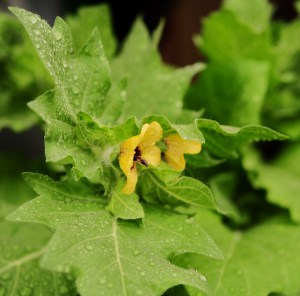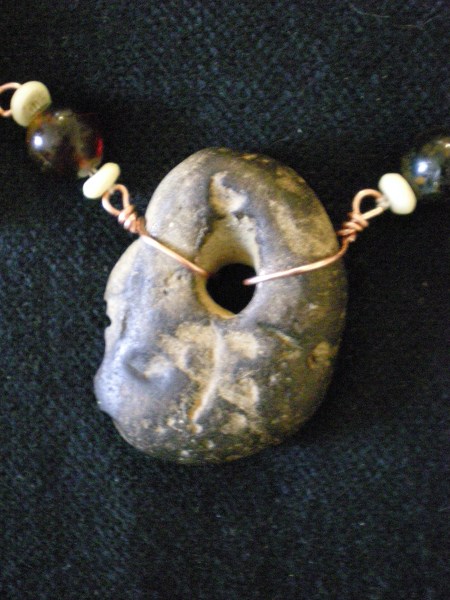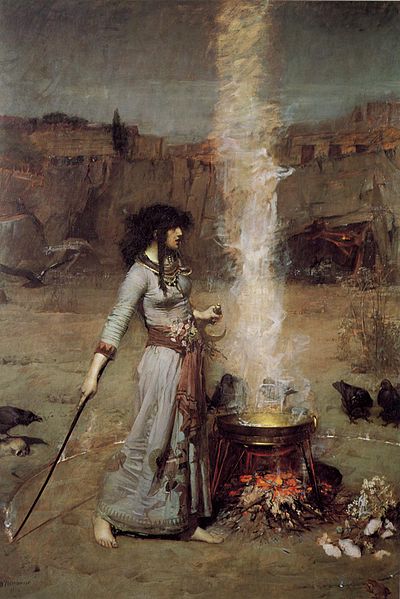My personal rune set is also the first one I ever made: small tiles of green granite, cut, polished and carved over thirty years ago. I’ve carved many sets since then, in different materials; my favourites have been on slates gathered from a beach at the Calf of Mann, and quartz pebbles from the seam of that white stone that stretches the length of the Isle from the Calf to the Point of Ayre.
All the runes I’ve carved since that first set have been gifted to others.
In recent years I’ve had the urge to carve a new set for myself, in bone. Specifically rib bones, the rib cage being that vault protecting and containing the beating heart, and making possible each life-sustaining breath.
A few years ago I obtained some rib bones, and in recent months I began their transformation into a set of rune staves.
Once cut to length, I began working on caps for the cut ends. These I carved from ash wood, to link these runes physically to the World Tree, as the ribs themselves are joined to the spinal column of the body. This may become more significant in the future, as we lose the ash trees in Europe and now in North America, due to a combination of disease and foreign insect depredation. We may live to see a time when Yggdrasil as ash tree will exist in memory and historical record alone and future generations may not know it as a living presence in the world.
Bone will connect with the otherworldly powers of one who has passed through the gates of Death, crossed the bridge to the Other Side, and will function as eidolon to bring insight and information from that realm to back into this world.
It was the Gallows God who brought the runes out of the darkness through self-sacrifice, and these runes are intended to invoke that power and wisdom.
The inscribed runes that survive on the Isle of Mann show elements of both the Elder and Younger Futharks, in both ‘Long Twig’ and ‘Short Twig’ forms, though none remains extant as a complete set. At the time of Kermode’s writing in 1907, 15 runes were clearly identifiable, though he believed that others were also used on the Isle, and that the 15 we have today are merely what remain physically of all the rune carved stones on the Isle.

The runic sigils I have used reflect those found on Mann – some of the Younger Futhark and some of the Elder; as my intention is to use this set primarily for divinatory, in addition to specific magickal workings. What is of significance in divination are the ideas and influences represented by the runes, more than each physical shape, so I am comfortable with taking some artistic license in the style and shape of the runes in my personal set.
The dense bone of the ribs is too thin to allow carving of the rune symbols into their surface, so I have burned them into the bone, invoking fire as power to charge the runes as well as to define them, and referencing fire as the catalyst between different phases of being, facilitating the transformation of the material basis into its spiritual potential.
Once marked by fire, I rubrified the runes with heme iron in a protein based colloid suspension. Then sealed them with a blend of oils, beeswax and resin.

Mindful of the divinatory aspect of these runes, the energies, purposes and associations therewith; and taking a page from Richard Gavin’s, Benighted Path, these runes, carved and consecrated shall never be profaned by exposure to the rude light of day. Their work will be dedicated to and accomplished in darkness, their illumination sidereal: the light of moon, dream, baalfire and candle glow. The sacred Void will be their womb, the darkness wherein all things become undifferentiated and returned to their unified source, to speak directly to the Night mind that precedes and subsumes again the diurnal conscious awareness.
To this end, I fashioned a bi-layered pouch in which a liner extends beyond the top of a deerskin sack, to ensure that even when open the runes would be protected from exposure, and that the rune reader must, as Glapsviðr did, reach deep into Ginnungagap to extract the runes. This bag I bound with antique silk and metallic thread ribbon, and a working cord, both inherited from my Initiator into the Manx Tradition.
Once made, I assembled the runes into their cycle and found that again this time, as with the last set I carved, one rune had hidden itself through the process. It demanded to be completed on its own, with my focus solely on it. There are many steps involved in making and finishing the rune set, and many opportunities to discover a miscount or omission. Inasmuch as these omissions occur unasked for, and unintentionally, and elude discovery at multiple steps in the process, I consider them to be significant, an indicator of the guiding Spirit of the rune set as a whole. In this case, I also chose to make it of different materials than the others – antler rather than bone, with an end cap of yew wood, as befits this rune.









